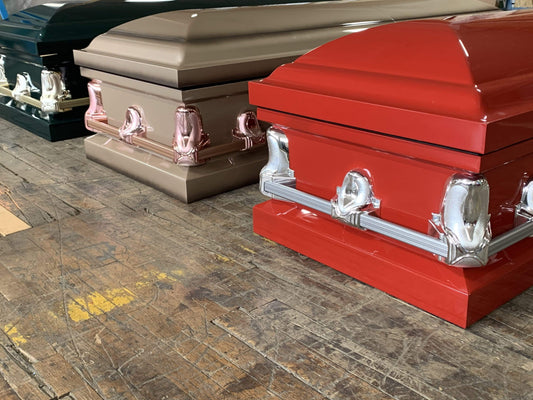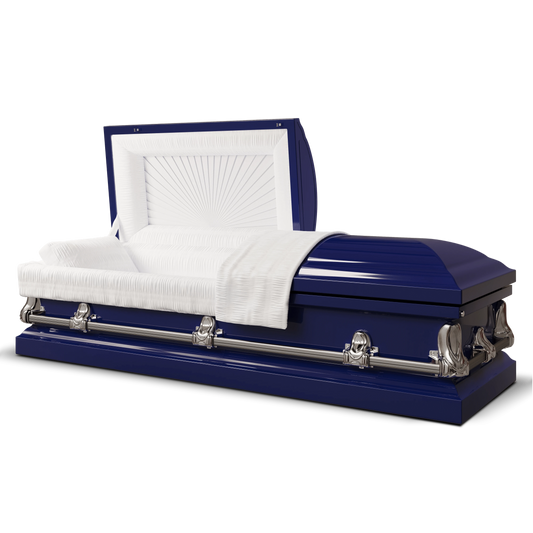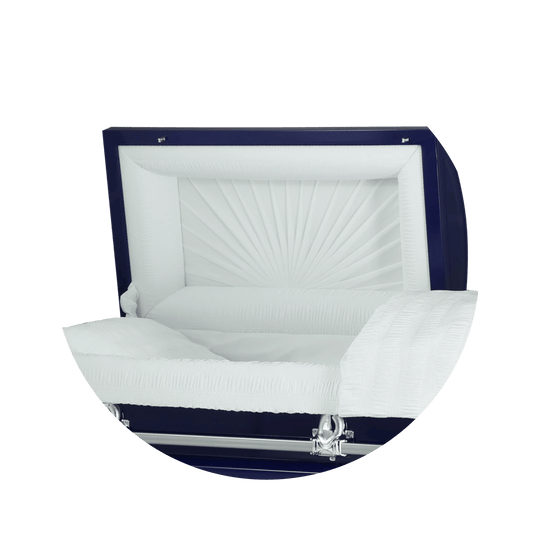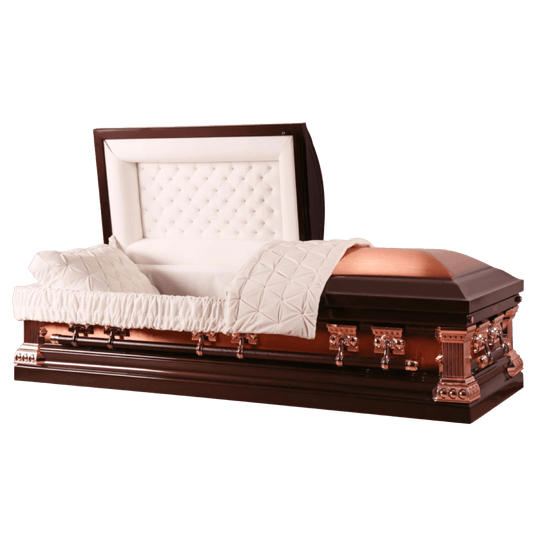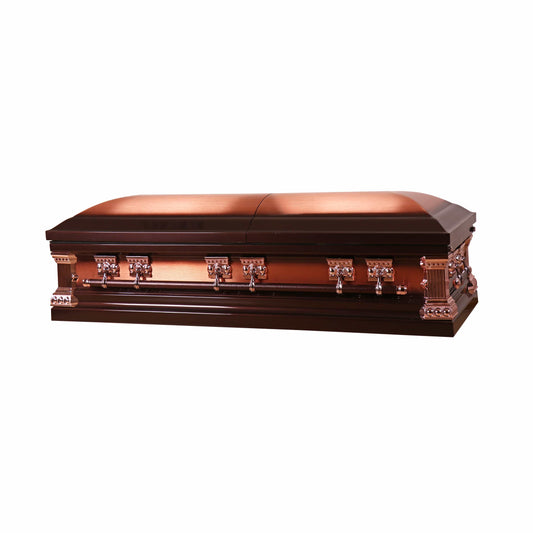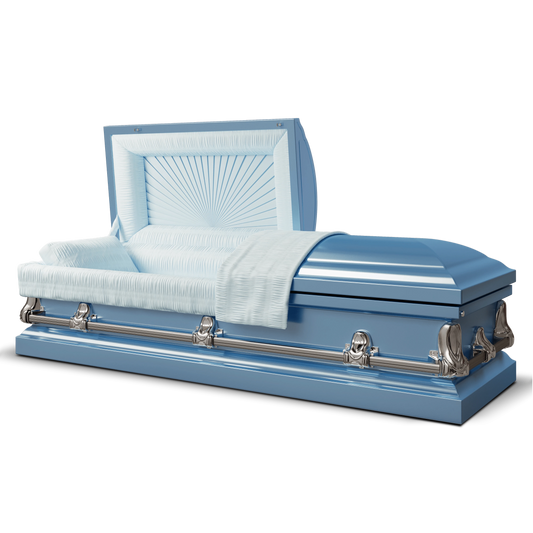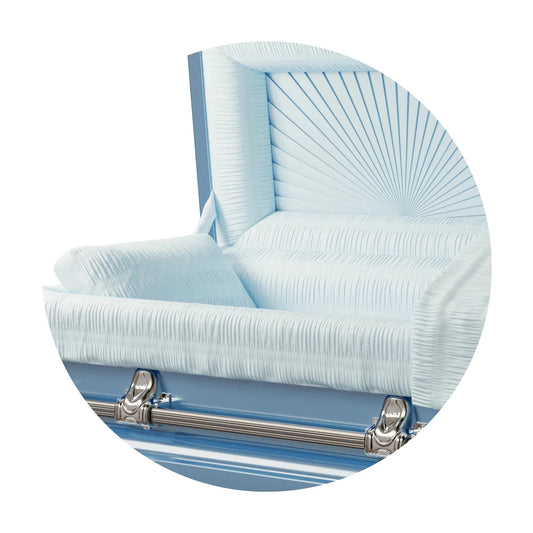Pallbearers can play a critical part in commemorating your loved one’s life. As you begin to make funeral arrangements, take some time to consider who was important to the departed and who would be honored to take on the responsibility of helping you mark your loved one’s final journey. Read on as Titan Casket offers answers to frequently asked questions and helpful advice about the role of pallbearers funeral in western funeral arrangements.
What Are Funeral Pallbearers?
Pallbearers are honored guests who are asked to escort or carry a casket during a funeral service. They may be asked to bring the casket or coffin from the hearse into the funeral service venue and begin the funeral procession by carrying the casket or coffin from the service to a waiting hearse or other conveyance, such as a horse-drawn carriage. If funeral arrangements include a procession to the cemetery for burial immediately following the service, pallbearers may also be asked to carry the casket from the hearse to the loved one’s final resting place.
Why Is It Called Pallbearer?
The term "pallbearer" has a rich historical background. It originated from the word "pall," which referred to a heavy cloth or cloak used to cover a casket. Pallbearers were initially responsible for carrying this pall or casket covering. Over time, their role evolved to include carrying the casket itself. So, why is it called pallbearer? It's rooted in the historical association with the casket covering they used to bear.
How Is A Pallbearer’s Role Different In An Open Casket Funeral?
When funeral arrangements call for an open casket, the funeral home will take on the responsibility of setting up the coffin for the end-of-life services inside the venue. Likewise, in-residence services following at-home care of the departed’s body often will begin with the casket already in place. Once the casket is closed and sealed, pallbearers could be called upon to escort or carry the casket from the funeral service to the loved one’s burial plot.
Who Should Be Chosen As A Pallbearer?
In many western cultures, a pallbearer is a family member or close friend. Adult children or grandchildren, siblings, nieces or nephews, work colleagues, and close friends are often among those chosen as pallbearers during the funeral planning process. However, anyone can be selected by the next-of-kin to be a pallbearer if the deceased was not involved in pre-planning the funeral service. While the actual casket bearers need to be able to physically lift and carry the coffin or casket (either at shoulder height or the waist), honorary pallbearers do not.
How Many Funeral Pallbearers Are Required?
Between six and eight pallbearers are traditionally chosen to lift and carry a coffin or casket. If you have selected a casket with reinforced swingbar handles, three pallbearers could be positioned on each side. Handles adorning the ends could allow for additional pallbearers to take positions at the casket’s foot and head. Also, an unlimited number of honorary pallbearers, as many as the family desires, can be asked to walk near the coffin as part of the funeral procession.
What Is An Honorary Pallbearer?
An honorary pallbearer is someone who walks behind, in front of, or alongside the casket or coffin. If the departed had close family or friends who you would like to invite to be pallbearers but who are unable to physically lift and carry the casket, they could be named honorary pallbearers to escort the coffin into the venue and/or to the loved one’s final resting place. You can choose as many or as few people as you wish to be honorary pallbearers.
How Do You Choose Pallbearers?
It is both an honor and a significant responsibility to act as a pallbearer at someone’s funeral. If your loved one was involved in pre-planning their end-of-life celebrations, they may have already given you a list of people they would like to participate in the services. If that is not the case, choose people who were both close to the deceased and can help alleviate some of the stress you may feel during the funeral. It may be a good idea to talk to the people you want to include as pallbearers before the services to be sure that they feel both emotionally and physically up to the role. If there are physical considerations, you may want to name them honorary pallbearers, rather than casket bearers, in the proceedings.
What Do Pallbearers Wear?
Dark suits or dress clothes are often considered suitable clothing for pallbearers. At one time, it was customary for pallbearer attire to wear white gloves as a sign of respect and to protect the coffin or casket when it was moved. Also, as being a pallbearer may mean carrying the casket over uneven terrain as it is transported to the burial site, flat or low-heeled shoes may be the most comfortable and stable options. However, as the funeral service may be customized to reflect the loved one’s style and personality, pallbearers may be asked to wear a particular style or color to honor the deceased’s life in a unique way.
Let Titan Concierge help you plan with clarity, care, and confidence.
Are There Pallbearers At Memorial Services?
No. As the physical body of the departed is not present at a memorial service, pallbearers are not necessary. Pallbearers are only included in funeral services where the casket or coffin, holding the body of the deceased, will be transported into the venue or to the cemetery for immediate burial.
Frequently Asked Questions (FAQs)
Q1: Is there a dress code for pallbearers?
Answer: In most cases, yes, there is an expected dress code for pallbearers. It's generally considered a sign of respect for the deceased and their family to dress appropriately for the occasion.
Q2: What suits do pallbearers wear?
Answer: The specific suit type can vary depending on the formality of the funeral and the family's wishes. Here's a breakdown:
- Formal Funerals: Dark colored suits (black, navy blue, charcoal gray) are the standard choice. Double-breasted suits are also appropriate for a very formal setting.
- Semi-Formal Funerals: Dark colored suits are still preferred, but single-breasted styles might be more common.
Q3: Do pallbearers wear the same thing?
Answer: Ideally, yes, pallbearers should strive to wear the same or very similar attire. This creates a sense of uniformity and respect during the ceremony. Here's what to consider:
- Suit Color and Style: As mentioned earlier, aim for matching suit colors and styles (single or double-breasted).
- Shirts and Ties: Opt for solid-colored dress shirts (white or light blue) and conservative ties.
- Shoes: Dress shoes that are polished and black or brown are ideal.
Q4: Why do pallbearers wear white gloves (not always the case anymore)?
Answer: Traditionally, pallbearers wore white gloves as a sign of respect and purity. The gloves also served a practical purpose in the past, protecting the pallbearers' hands while carrying the casket. However, this practice has become less common in recent times. The focus has shifted towards more practical and comfortable attire for pallbearers.
At Titan, families can find nominal, high-quality caskets and urns with full customization options. And with Titan Concierge, you get personalized planning services designed to fit your budget and priorities. Our goal is to take the stress out of planning so you can focus on what truly matters, honoring your loved one’s memory.
Contact for free expert advice at Titan Concierge today to learn how we can help you save money while planning a dignified farewell.
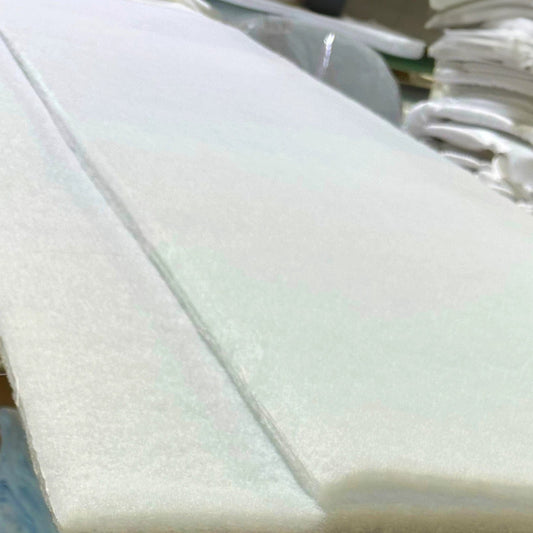
![Upgrade to Premium Weight [18-gauge steel]](http://titancasket.com/cdn/shop/products/casketthicknesswithnumbers.png?v=1680642906&width=533)
